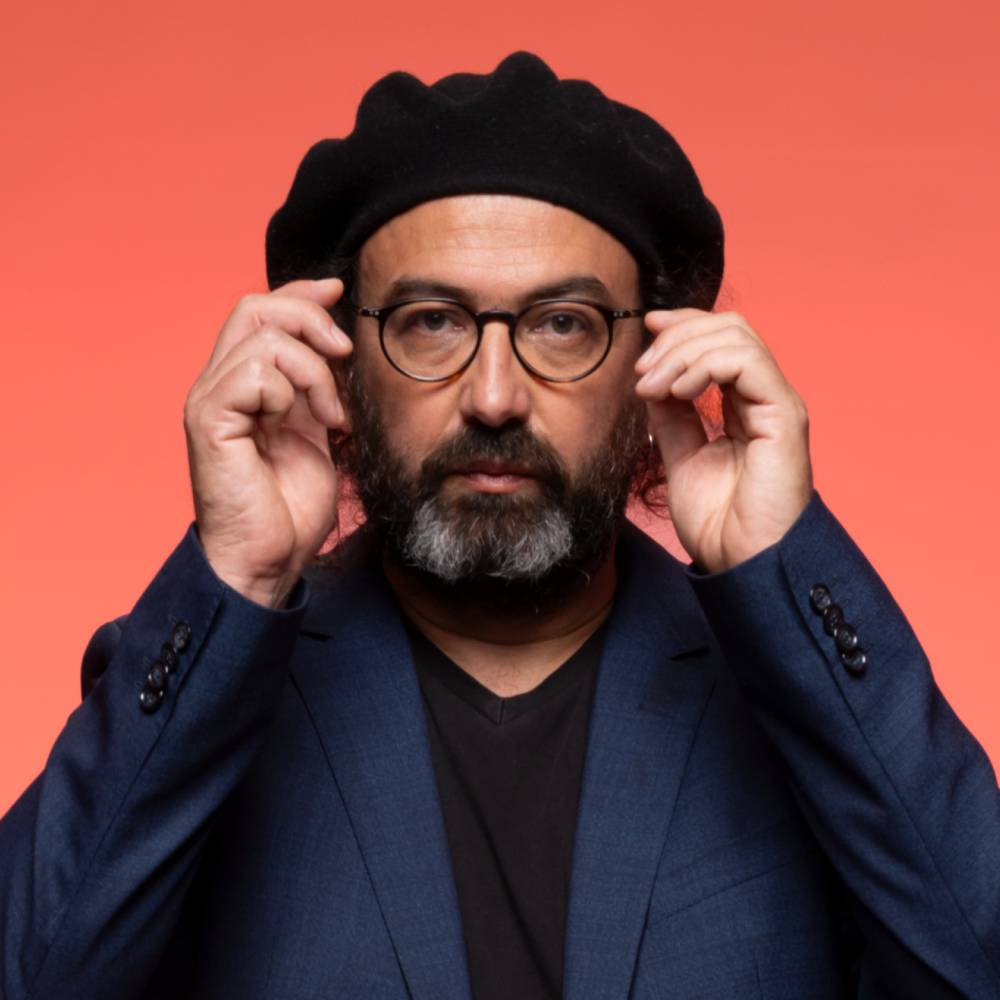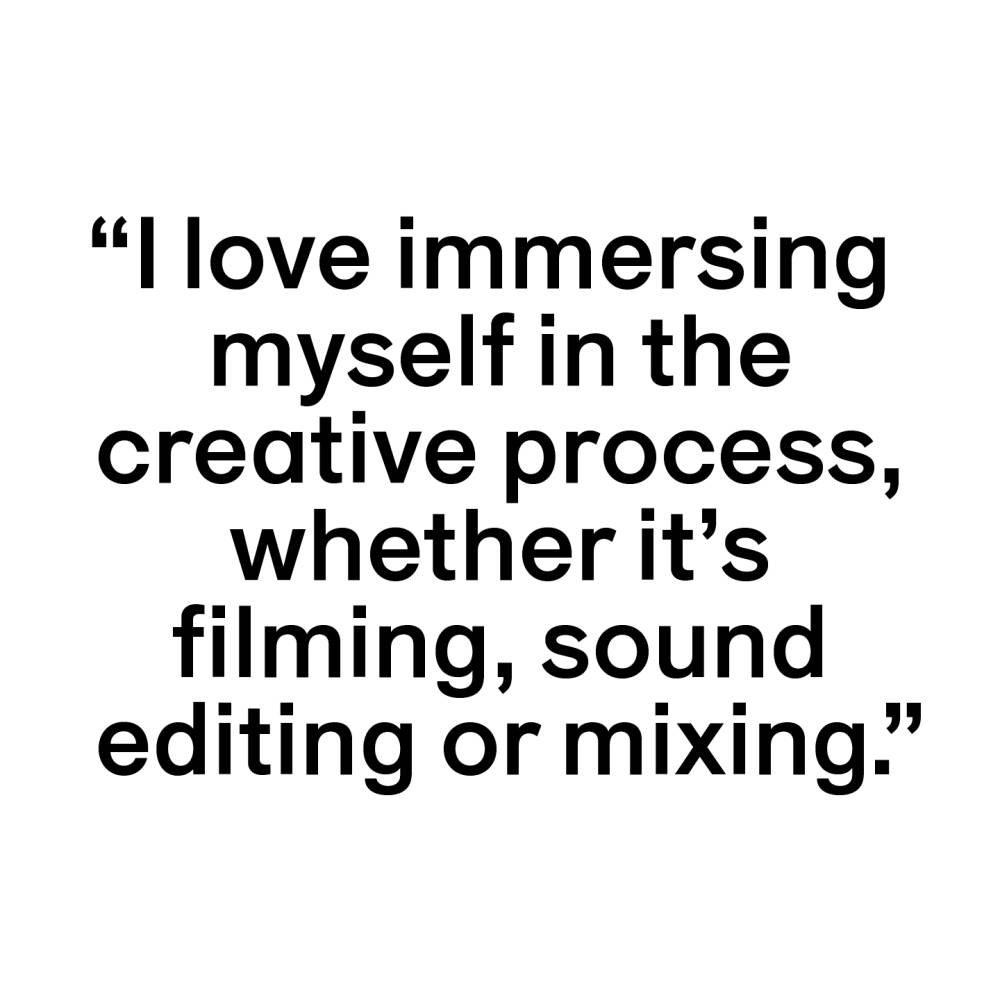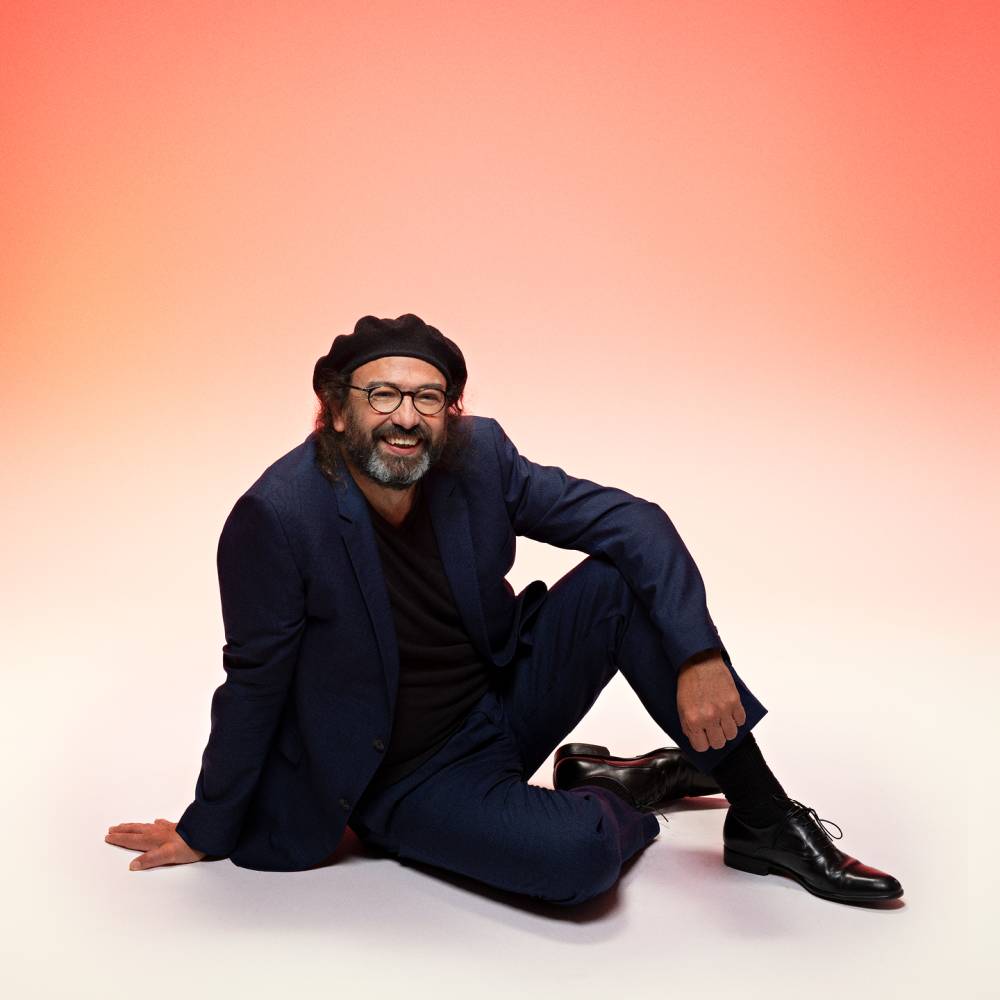Beyond the Screen with Carlos Ibañez Diaz
The sound designer talks about the significance of sound in film and how he is always on the search for the perfect tone.
02.09.2025
Carlos Ibañez Diaz studied in Cuba, Paris and at HEAD in Geneva where he now lives and works. In 2023, he won the Swiss Film Award for Best Sound in THUNDER. He is the sound designer of THE CURRENTS by Milagros Mumenthaler, premiering in the Platform Competition at TIFF.



How did you get into sound design?
I have always been interested in sound creation and the development of storytelling, both cinematic and musical, through sound. At school in Cuba, I had the opportunity to study with Michel Fano, one of the legends of sound: musician, researcher and inventor of the “continuum sonore”. With him, I discovered the interaction of sound as concrete music in the narrative device of cinema, creating a counterpoint to the image, together generating a third (new) meaning.
What is special about sound in film?
Sound in film has several layers and different possible narrative levels. First, it can be limited to illustrating, i.e. accompanying the images with a sound that matches them. This is where one of the first questions arises: what does this accompaniment correspond to? Each choice influences and determines the colour of each of these elements.
Another possible layer consists of creating a true counterpoint, avoiding illustration and generating a completely new meaning in the interaction between image and sound. This addition generates a new possibility for narrative meaning. The third level is that of musical abstraction: music in itself, carries its own narrative and can, on its own, evoke sensations. It can steer a sequence towards a desired emotion without necessarily relying on the image.
Sound then becomes what brings a subjective level and acts on cinematic perceptions. Without these abstract perceptions, true cinematic storytelling does not exist.
How was it to work on “THE CURRENTS”?
I have been fortunate enough to work with director Milagros Mumenthaler since her first feature film, initially as a boom operator alongside one of Europe's finest sound engineers, Henry Maïkoff. Thanks to him, and by observing Milagros' work, I have been able to learn much of what I now apply to all the films I work on.
Milagros, in addition to being one of the best directors of our time, is a true creator, deeply interested, even obsessed with sound narration in film. In each of her films, a large part of the mood and atmosphere is conveyed through the sound design.
She never considers it as a simple element of post-production: it is already present in the writing of the screenplay, then intensively reworked during filming, sound editing and mixing. With Milagros, there is always a rich and fascinating dialogue around the use of sound as an element of narration, realism, atmosphere, and dream.
With “THUNDER” you won the Swiss Film Award. What did you particularly like about that work?
Working with Carmen Jaquier on THUNDER was very interesting and challenging. It is a period film shot in modern-day Valais on a small budget, which sometimes presented us with complex situations. But thanks to Nadine Häusler's magnificent work on the boom, we were able to achieve very satisfactory results.
The excellent work of sound editor Raphaël Sohier should also be highlighted, as well as the remarkable mixing by Denis Séchaud.
I love this second sound narrative, which gives voice to the protagonist’s thoughts – her loneliness, the coldness of the era, intertwined with burgeoning sensuality and self-discovery.
Was there ever a catchy sound that has stuck with you?
I sometimes use, discreetly, almost secretly, sounds from Michel Fano’s library — like a whispered presence. Among them is a recording of the cisterns of Istanbul, which I like to slip into the sound material, like a distant echo laden with mystery.
Are you hunting for new original sounds?
I am always on the lookout for new sounds and new tones. I have an interface connected to my phone with stereo microphones, ready to record whenever something catches my attention
How large is your sound library?
I use a very extensive sound database, ranging from 30 to 40 terabytes, to which I add private sound libraries and specialised online libraries.
What do you like best about your job?
I love immersing myself in the creative process, whether it’s filming, sound editing or mixing. In auteur cinema, I find a precious space to explore new narrative paths, experiment freely, and actively contribute to the birth of a unique language – that of the film in the making.
Feeling that we have been able to support the director's vision, help bring it to life, and knowing that the film bears, even if only slightly, the mark of our contribution — that is one of the greatest satisfactions of my profession.
Films
Las corrientes
Foudre
Reinas
Qui vit encore
Sevda
Simon l'absurde
Festivals
Person